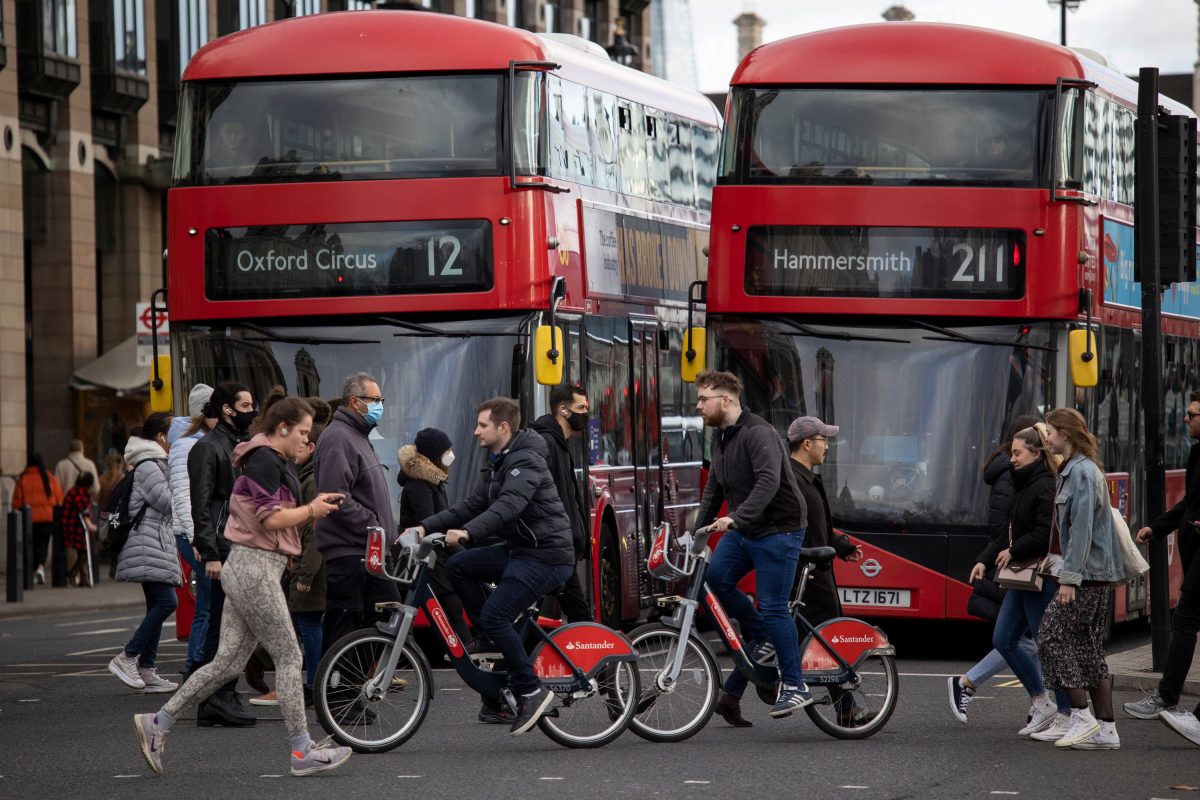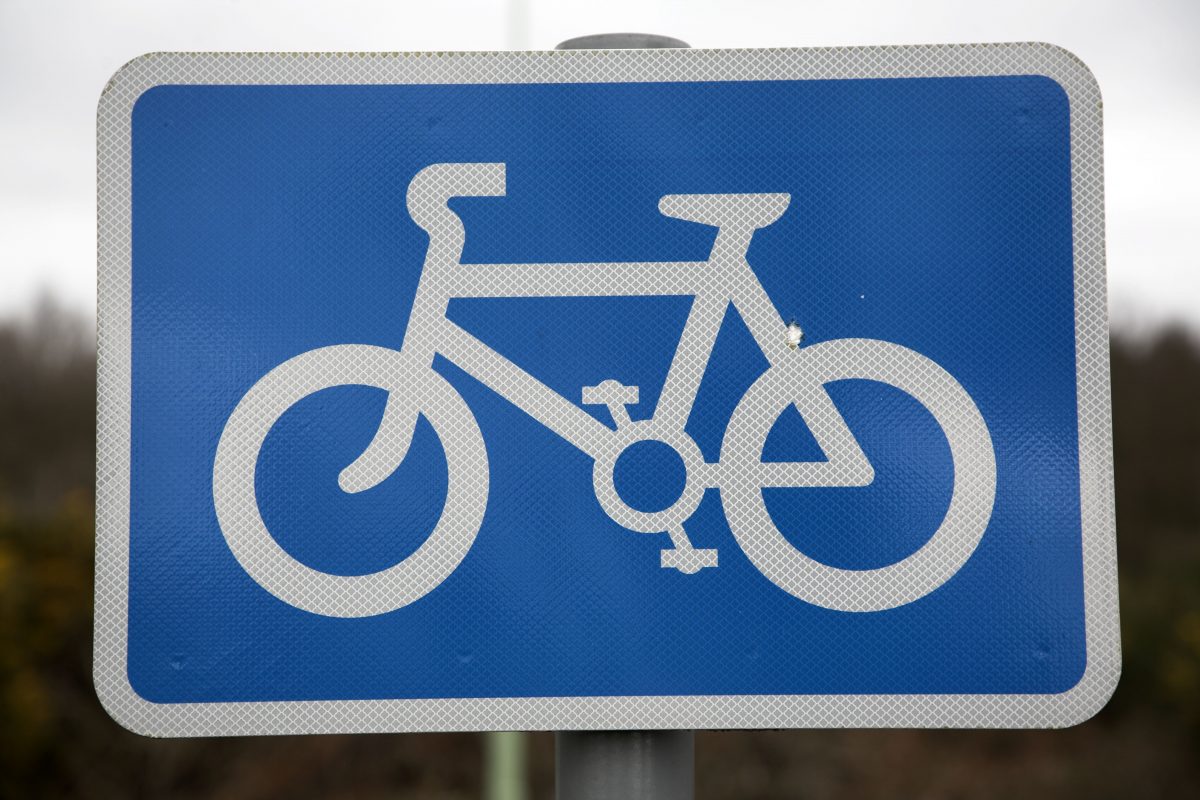From January 29, 2022, rules for all types of road users will be updated in The Highway Code.
These changes followed a public consultation on a review of the Code to improve the safety of pedestrians, cyclists and those riding horses which received more than 20,000 responses, with the majority in favour of all the changes.
In total, nine sections of the code will be updated with 50 rules being added or updated. The main changes relate to hierarchy of the road.
Roads Minister Baroness Vere said: “I’m proud to say we have some of the safest roads in the world, but I’m determined to make them safer still for everyone.
“These updates to The Highway Code will do just that by bringing the rules into the 21st century, encouraging people to respect and consider the needs of those around them, and ensuring all road-users know the rules of the road.”
Below is an explanation of the eight main changes.
1. Hierarchy has changed and places those road users most at risk in the event of a collision at the top.
All road users should be aware of The Highway Code and be considerate to other road users. They should also have an understanding of their responsibility for the safety of others.
2. Drivers no longer have priority at junctions
Drivers previously had priority at junctions except if a pedestrian or another road user was halfway across the junction.
Now pedestrians have priority when crossing or waiting to cross at a junction, and other traffic should give way. Traffic should also give way on a zebra crossing.

Photo: George Cracknell Wright/LNP/Shutterstock
3. Shared spaces for walking, cycling or riding
People cycling, riding a horse or using a horse-drawn vehicle should respect the safety of people walking in shared spaces and pedestrians should also take care not to obstruct or endanger them.
Cyclists are asked to slow down and alert people they are there, for example, by ringing their bell. They should not pass people walking at high speeds, particularly from behind and not pass a horse on the horse’s left.
4. Cycling in the road, in groups and passing parked vehicles
Cyclists can ride in the centre of their lane on quiet roads, in slower-moving traffic and at the approach of junctions or road narrowing’s and should keep 0.5 metres away from the edge of the curb when on busy roads.
They can also ride two abreast when it is safe to do so, however should be aware of traffic behind them and allow them to overtake by moving into single file or stopping when safe to do so.
Cyclists should also take care when passing parked vehicles leaving enough room of 1 metre, the width of a door, when passing parked vehicles to avoid being hit if the vehicle door is opened.

Photo: Tom Bowles/Story Picture Agency/Shutterstock
5. Overtaking when cycling or driving
If the road is clear, drivers can cross a double-white line to overtake a cyclist or horse providing they are travelling at less than 10mph.
Vehicles should leave at least 1.5 metres when overtaking cyclists and 2 metres when passing horse-drawn vehicles or people riding horses at speeds of 30mph.
They should also allow at least 2 metres and keep to a low speed when passing people walking in the road.
Cyclists can pass slow moving or stationary traffic on their right or left.
6. Cycling at junctions
Cyclists need to give way to people walking who are crossing or waiting to cross but have priority when going straight ahead at junctions, and over traffic waiting to turn into or out of a side road, unless road signs indicate otherwise.

7. Cycling, horse drawn vehicles and riding a horse in roundabouts
People driving and or riding a motorcycle should not attempt to overtake cyclists within that person’s lane and allow cyclists to move across their path as they travel around the roundabout.
Drivers should take care when entering a roundabout to make sure they do not cut across people cycling, driving a horse-drawn vehicle and riding a horse who are continuing around the roundabout in the left-hand lane.
8. Parking, charging and leaving vehicles
The Code now recommends a new technique when leaving vehicles called the ‘Dutch Reach’.
When drivers or passengers in a vehicle can, they should open the door using their hand on the opposite side to the door they are opening, for example, left hand to open a door on their right-hand side.
This technique makes the person turn their head to look over their shoulder, so they are less likely to cause injury to pedestrians or traffic passing.

9. Electric vehicle charging points
The code for the first time has included guidance on electric vehicle charging points. Drivers should park close to the charge point, avoid creating a trip hazard with cables and display a warning sign if they can, and return cables neatly to the charging point.
Many of the rules are legal requirements and if they are not followed you could be committing a criminal offence.
The Department of Transport plans to improve road safety even further and has recently announced plans to change the laws around using handheld mobile phones while driving.
The law will be made stricter later this year making virtually any use behind the wheel, including even if the vehicle is stationary, illegal with potentially a £200 fine and six penalty points.
The full version of The Highway Code is available for free on GOV.UK.





